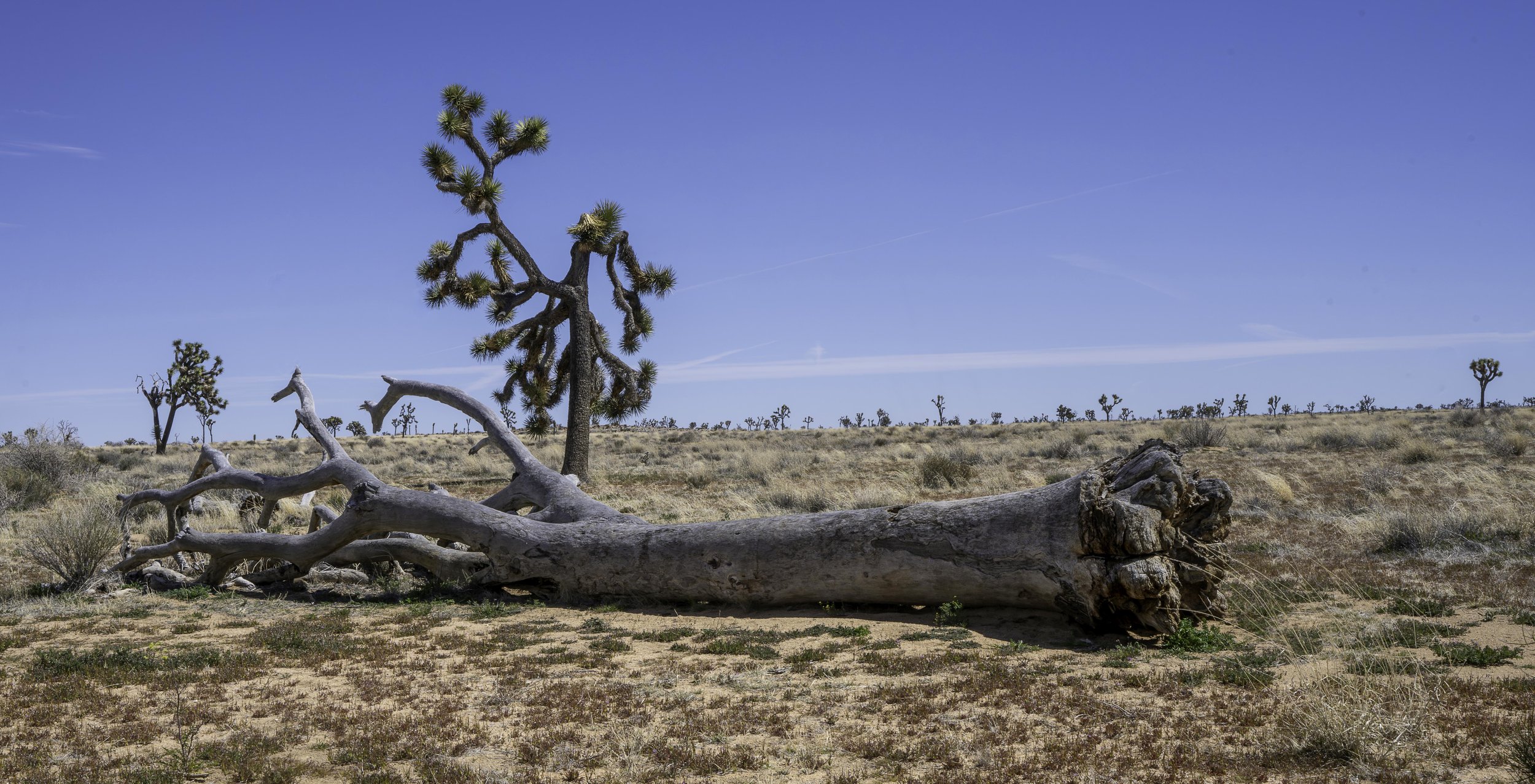Joshua Tree National Park. When is a tree not actually a tree?
When it’s a Joshua Tree. Despite their tree-like appearance, Joshua Trees don't have the same structure or growth patterns as traditional trees. Joshua Tree’s are in fact more closely related to yuccas and agaves. Think of Joshua Tree’s when you have your next Margarita at Fresh Agave Mexican Bar and Grill.
Joshua Tree National Park, a sprawling expanse of desert wilderness in Southern California, is a place that defies description. Its otherworldly landscapes, characterized by towering rock formations and the eponymous, spindly trees, have captivated visitors for decades. But there's more to this park than meets the eye.
One of the park's greatest draws is its rock climbing. The park is a climber's paradise, with thousands of routes catering to all skill levels. From beginner-friendly crags to world-class challenges, there's something for everyone. But climbing isn't the only outdoor activity on offer. Hiking, camping, and stargazing are also popular pursuits. The park's remote location also makes it an ideal spot for observing the night sky, far from the light pollution of cities.
Located at the juncture of the Mojave and Colorado Deserts, Joshua Tree is a unique ecosystem. The park is divided into two distinct regions: the high Mojave Desert in the north, dominated by the iconic Joshua trees, and the lower Colorado Desert in the south, featuring a more arid landscape with cacti and other desert plants. This diversity creates a stunning visual contrast and supports a wide range of wildlife.
Joshua Tree National Park is more than just a destination; it's an experience. Whether you're seeking adventure, solitude, or inspiration, this extraordinary place has something to offer everyone.










